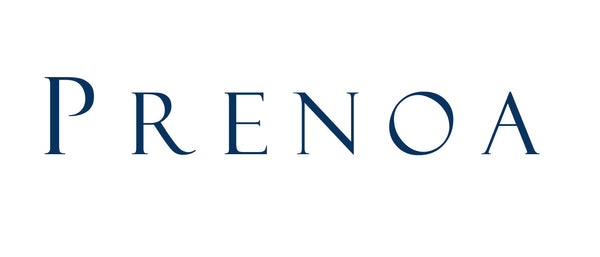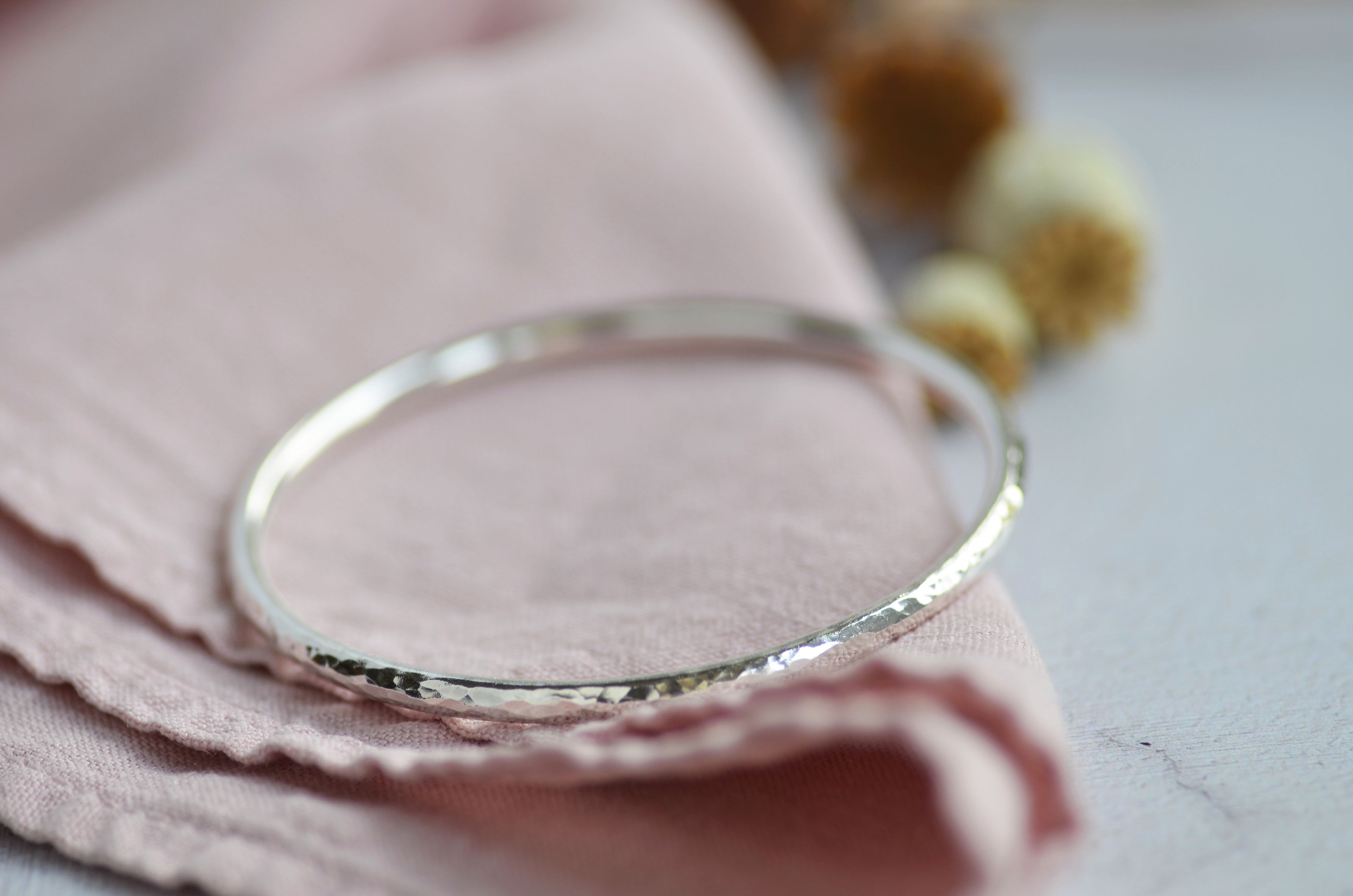UK Hallmarking and Assaying
When buying or selling precious metals, it is important to be aware of what to look for. Here is a little more information about what hallmarking is and why we do it.
What is a hallmark and why do we have them?
A hallmark is a physical mark, or collection of marks that are imprinted onto metal, to communicate the make up of that article. Historically, markers used to take their work 'to halls' in London to have them marked for quality, which became known as hallmarking and still is today.
All metals used for jewellery will be in alloy form. This means the precious metal, for example gold, is mixed with other metals to make it suitable for wearing. Hallmarking ensures 'fineness' of the metal meets legislation and quality standards.
Hallmarks ensure the jewellery we buy provides assurance to the customer but also protects the seller from unfair competition and lowering market standards. The idea was statuted by Edward I, over 700 years ago to create a fair market with regulated standards. Today, it remains a legal obligation.
What do hallmarks look like?
Hallmarks usually looks like a collection of bumps and characters to the naked eye. They are usually in discreet areas of a piece, like the inside of a ring, or in the case of a watch. There are usually three or more individual stamps that constitute a hallmark. These are:
- A sponsor mark. This is usually two letters in a shape and confirms the maker, company or producer of the piece. Prenoa uses RL in a banner, representing our founder's name, Rebecca-Louise.
- A purity mark - this confirms the fineness of the metal and is usually given in number form, eg 925 for sterling silver (92.5% silver to 7.5% alloy), or 750 for gold. These numbers can vary based on the purity of the precious metal.
- The assay mark. This represents the Assay Office who is marking the article. We currently use Birmingham Assay Office, which depicts an anchor on its side.
- Date Mark. This is an optional mark. It is often used to identify the year of making. For special occasions such as christenings or weddings, this mark will provide a lasting legacy so the piece can be dated for future generations.
- Fineness mark. This is an optional mark and depicts an animal to represent the alloy in question. For example, the lion is the symbol for sterling silver.
- Celebratory mark. This is optional and only available at times when there is a national celebration. In 2022 the Platinum Jubilee mark was used and in 2023 we have the Coronation King Charles III mark. These are generally only available at the discretion of the monarch for a limited time, but also serve as a way to date items.
*Please note that items with purity stamps may not be approved by an Assay Office unless the accompanying marks are beside. For example, a 925 stamp alone is not proof that the item is sterling silver unless certified or approved by an Assay Office.
What needs to be hallmarked?
Gold, silver, palladium and platinum metals should be hallmarked when over the required weight. Items under the weights below are not required to be hallmarked.
Sterling silver, 7.78g
Gold, 1g
Palladium, 1g
Platinum, 0.5g
It is the responsibility of the seller to hallmark articles in order to offer them for sale, however a buyer may also look out for the necessary marks and withdraw from a sale if they are unsure.
Gold or silver plated base metals cannot be hallmarked. Gold filled items are also not suitable for hallmarking. Gold vermeil items if plated on sterling silver, are marked with the sterling silver mark.
How are hallmarks applied?
Our Prenoa bangles are hallmarked with the traditional punch system and our smaller silversmithed pendants will have the marks lasered. We try to hallmark in a traditional punch fashion wherever possible to add character hand skills to a piece. However, with uneven or shaped surfaces, the contemporary laser hallmarking is used.
Regulation
The 1973 Hallmarking Act outlines the information above and more.
More on Birmingham Assay Office, their opening hours, news and history can be found here:
Assay Office (theassayoffice.com)
Under current amended regulations, items that were made prior to 1950 of precious metals and not hallmarked, are exempt from the above and may still be sold, if the seller can provide certification and assurance of provenance and purity. This does not currently affect any Prenoa items.

